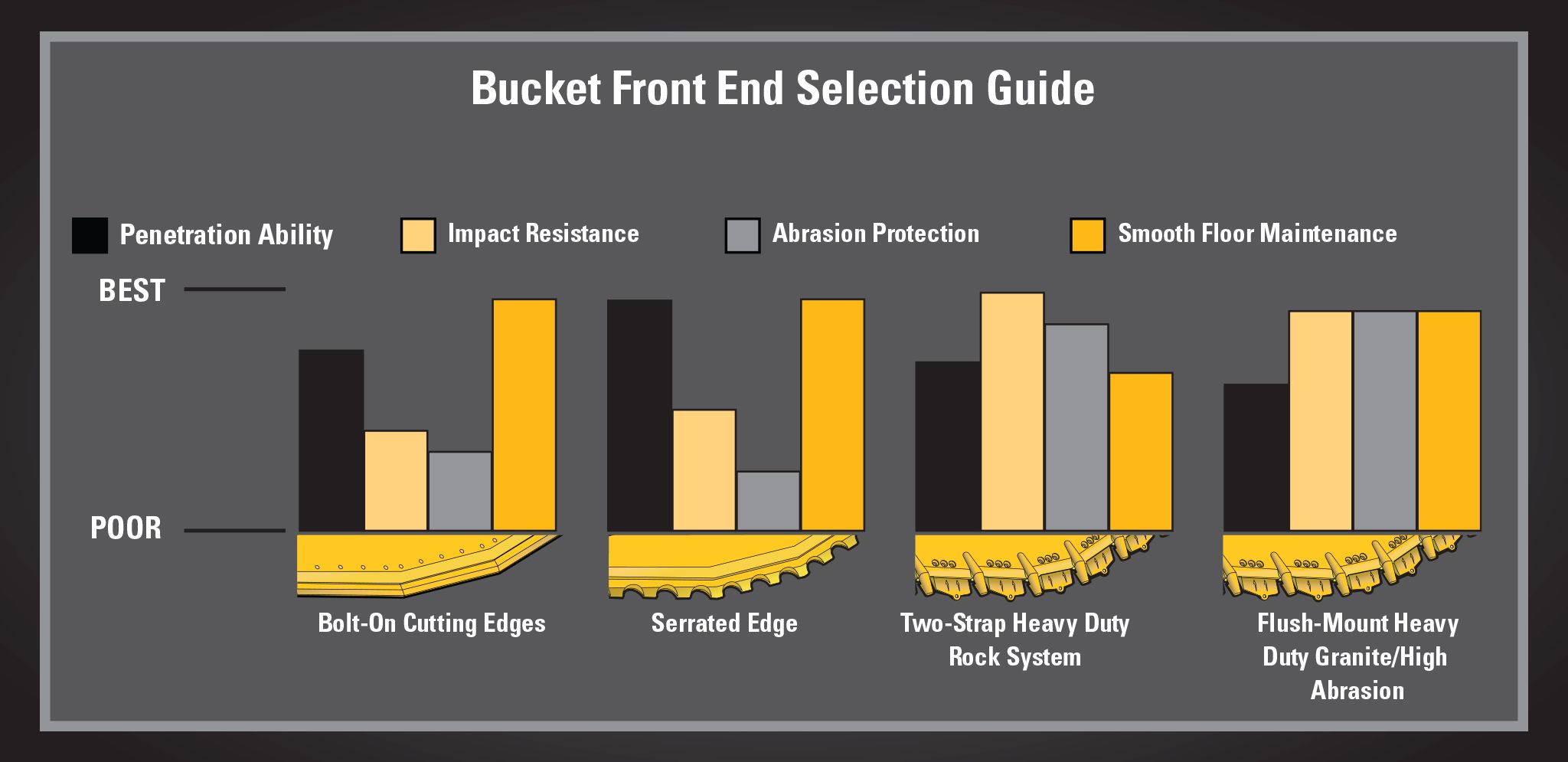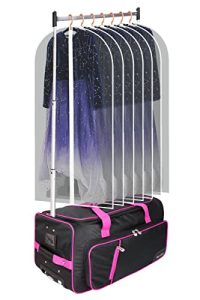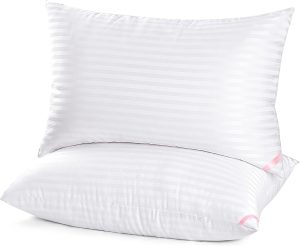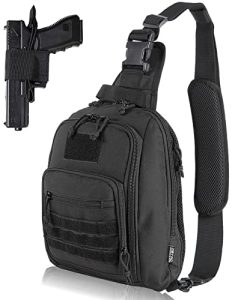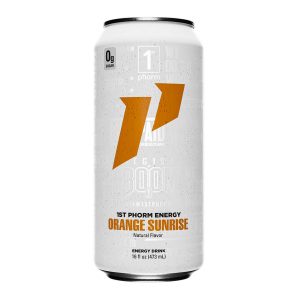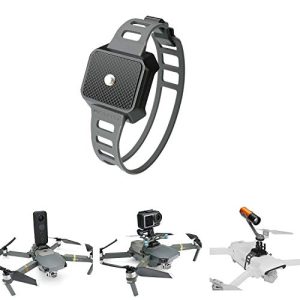Contents
Are you in need of a front end loader bucket for your tractor, but not sure which one to choose? Look no further! This article will provide you with all the information you need to make the right decision. From understanding the different types of loader buckets available to considering your specific needs and budget, we’ve got you covered. Get ready to find the perfect front end loader bucket for your tractor and streamline your work in no time.
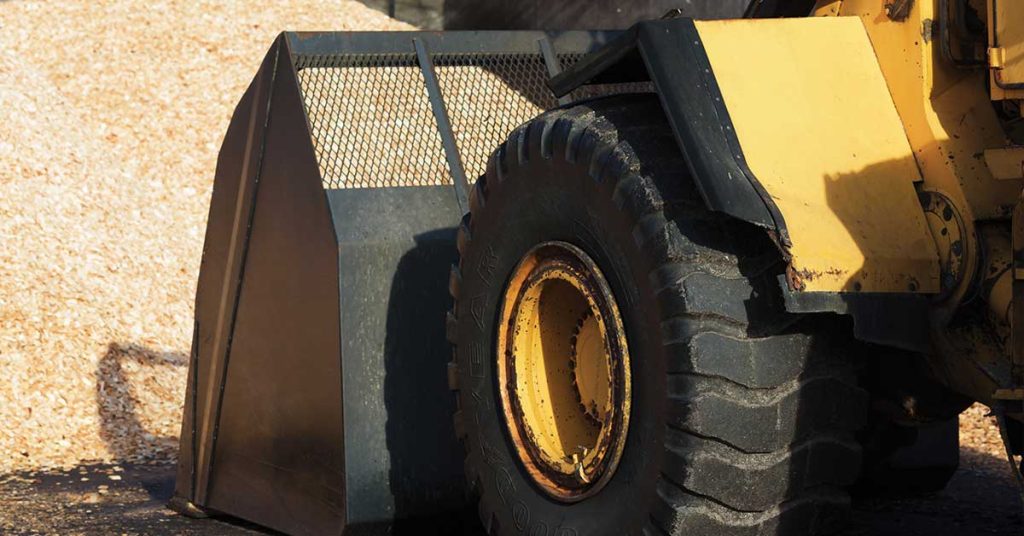
Factors to Consider
When selecting a front end loader bucket for your tractor, there are several factors to consider. These include bucket size, bucket type, bucket material, compatibility with your tractor, weight capacity, tire requirements, hydraulic requirements, cost considerations, and attachments/accessories.
Bucket Size
Determining the Right Size
The size of the bucket you choose for your front end loader will depend on the specific tasks you plan to accomplish. Smaller buckets are typically lighter and more maneuverable, making them ideal for tasks that require precision and agility. On the other hand, larger buckets can hold more material, allowing you to complete bigger jobs more efficiently. Consider the size of your tractor and the types of tasks you will be performing before determining the right bucket size.
Considerations for Specific Tasks
Different tasks may require different bucket sizes. For example, if you primarily need a bucket for general-purpose use, a medium-sized bucket may be suitable. However, if you frequently engage in material handling tasks, such as moving rocks or gravel, a larger bucket with a higher capacity would be more beneficial. It’s important to assess your specific needs and choose a bucket size that aligns with the tasks you will be tackling.
Bucket Type
There are various types of front end loader buckets available, each designed to excel in specific applications. Understanding the different bucket types can help you select the most appropriate one for your needs.
General Purpose Buckets
General purpose buckets are versatile and commonly used for a wide range of tasks. Whether you’re digging, transporting, or leveling, these buckets can handle it all. They typically have a flat cutting edge and a moderate capacity, making them suitable for everyday use.
Material Handling Buckets
If your primary focus is on moving loose materials, such as sand, gravel, or mulch, material handling buckets are the way to go. These buckets often feature high sides and a clamshell design, allowing for efficient material retention and transport. Material handling buckets are particularly useful for jobs involving landscaping, construction, or agriculture.
Snow Removal Buckets
In regions with heavy snowfall, snow removal buckets are essential. These buckets are specifically designed to tackle the challenges posed by snow and ice. They typically have a curved cutting edge and a higher capacity, enabling efficient removal of snow from driveways, sidewalks, or parking lots.
Landscaping Buckets
Landscaping buckets come with serrated edges and narrow profiles, making them ideal for precision work. Whether you’re grading a lawn or digging trenches for irrigation lines, these buckets offer the necessary precision to achieve professional-looking results.
Forks and Grapples
For tasks involving lifting and carrying heavy objects, such as pallets, logs, or bales, forks and grapples are invaluable attachments. Forks feature two long, sturdy prongs for lifting pallets or other similar loads. Grapples, on the other hand, consist of multiple hinged arms that can securely grip and transport various materials.
Bucket Material
The material used to construct the bucket can impact its durability and performance. The two most common bucket materials are steel and aluminum.
Steel Buckets
Steel buckets are renowned for their strength and ability to withstand heavy loads and rough conditions. They are highly resistant to wear and tear, making them an excellent choice for heavy-duty applications. Steel buckets can handle abrasive materials, such as rocks or concrete, without sustaining significant damage.
Aluminum Buckets
Aluminum buckets, on the other hand, are lightweight and corrosion-resistant. They are often favored for tasks that require high speed or fuel efficiency. While aluminum buckets may not be as strong as their steel counterparts, they are still capable of handling most general-purpose tasks with ease.
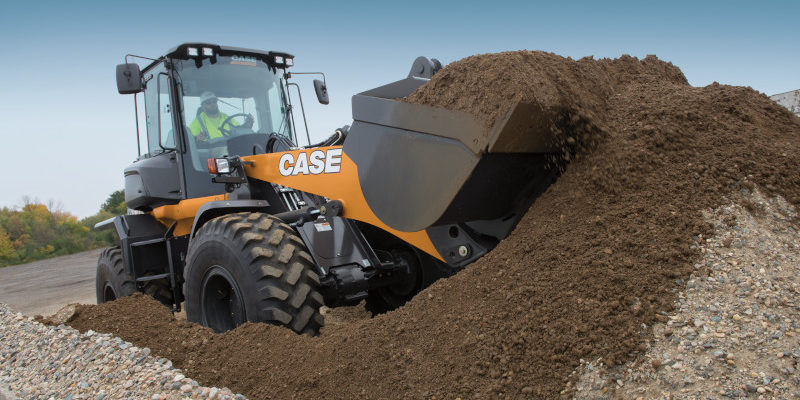
Compatibility with Tractor
To ensure a smooth operation and optimal performance, it’s crucial to consider the compatibility of the front end loader bucket with your tractor. Factors to consider include tractor size and weight class, as well as front end loader compatibility.
Tractor Size and Weight Class
Tractors come in various sizes and weight classes, and it’s important to select a bucket that is compatible with your specific tractor model. Consider the maximum weight your tractor can safely handle and choose a bucket that falls within this weight range.
Front End Loader Compatibility
Front end loaders also have specific compatibility requirements. Different loaders may have different mounting systems and connection points, so it’s important to ensure that the bucket you choose is compatible with your front end loader. Consult the manufacturer’s specifications or seek guidance from a knowledgeable dealer to ensure a proper match.
Weight Capacity
Understanding the weight capacity of a front end loader bucket is essential to ensure safe and efficient operation. There are load ratings and load capacity requirements to consider.
Understanding Load Ratings
Load ratings provide information on how much weight a bucket can safely handle. It’s important to note that load ratings may vary depending on the bucket’s position and the angle at which it is being used. Always refer to the manufacturer’s specifications and guidelines to ensure you’re operating within safe limits.
Determining Load Capacity Requirement
Assessing your specific needs and the types of materials you will be moving will help you determine the load capacity requirement for your bucket. Consider the weight of the materials you typically work with, as well as any additional weight related to attachments or accessories. It’s always wise to choose a bucket with a slightly higher load capacity than you anticipate needing to accommodate any unexpected heavier loads.
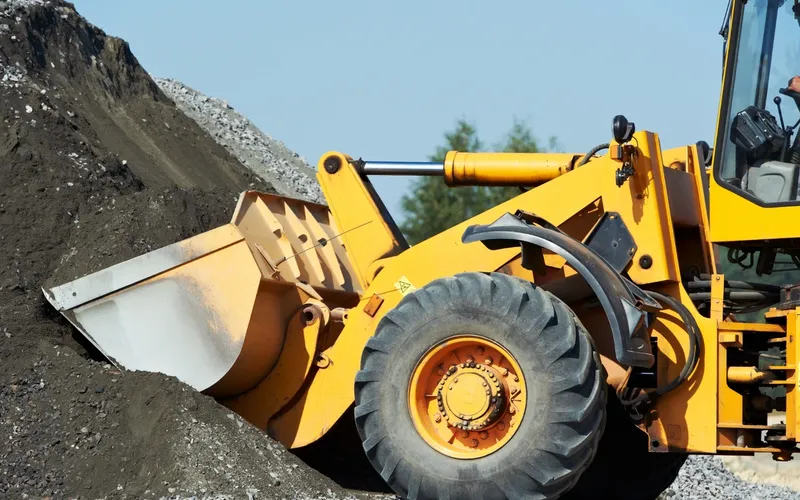
Tire Requirements
The selection of appropriate tires for both your front end loader and tractor can greatly impact the performance and maneuverability of your equipment, especially when coupled with a bucket. Let’s explore some key considerations.
Matching with Front End Loader and Bucket
It’s crucial to match the size and type of tires on your front end loader with the bucket you choose. Consider the weight distribution and load capacity of your machine to determine the optimal tire size and type. Inadequate tire selection can result in reduced traction, stability issues, or excessive wear and tear.
Considerations for Terrain
The terrain on which you will be operating your front end loader is another factor to consider when selecting tires. If you’ll be working on soft or loose ground, such as mud or sand, consider utilizing tires with aggressive tread patterns to maximize traction. Alternatively, for hard surfaces like concrete or pavement, tires with smoother treads may be more suitable.
Hydraulic Requirements
The hydraulic system of your front end loader is responsible for powering the functions of the bucket. It’s important to ensure compatibility between the hydraulic system and the bucket you choose.
Compatible Hydraulic System
Different buckets may require specific hydraulic flow rates and pressures to function optimally. Always refer to the manufacturer’s specifications and consult with a professional to ensure that your front end loader’s hydraulic system is compatible with the bucket you intend to use.
Understanding Flow Rate and Pressure
Flow rate refers to the volume of hydraulic fluid that the system can deliver, while pressure indicates the force at which the fluid is delivered. It’s crucial to select a bucket that matches the flow rate and pressure capacity of your front end loader’s hydraulic system to ensure optimal performance. Mismatched hydraulic requirements may result in slow or inefficient operation.
Cost Considerations
Budget constraints are an important factor when choosing a front end loader bucket. However, it’s essential to consider the long-term value as well.
Budget Constraints
Understanding your budgetary limitations is important, as it will ultimately affect the range of options available to you. However, it’s important not to compromise on quality and suitability for your needs solely for the sake of a lower price.
Long-Term Value
Although cost is an important aspect, it’s crucial to consider the long-term value of your investment. A well-made, durable bucket may have a higher initial cost but can provide better performance and durability, potentially saving you money in the long run through reduced maintenance and replacement costs.
Attachments and Accessories
Choosing a front end loader bucket that is compatible with a wide range of attachments and accessories can significantly enhance its versatility and functionality.
Compatibility with Bucket
Ensure that the bucket you choose offers compatibility with various attachments, such as forks, grapples, or brush cutters. This versatility allows you to easily switch between different tasks without having to invest in multiple specialized buckets.
Additional Features and Benefits
Consider additional features or benefits that may be available for certain bucket models. For example, some buckets may have reinforced edges or wear-resistant materials that increase durability and longevity. Others may offer quick-release systems for efficient attachment changes. Assessing these additional features can help you choose a bucket that best suits your needs.
In conclusion, choosing the right front end loader bucket for your tractor requires careful consideration of factors such as bucket size, type, material, compatibility, weight capacity, tire requirements, hydraulic requirements, cost considerations, and attachments/accessories. By thoroughly assessing your specific needs and consulting with professionals or reputable dealers, you can select a bucket that will meet your requirements, enhance performance, and provide long-term value for your tractor.



